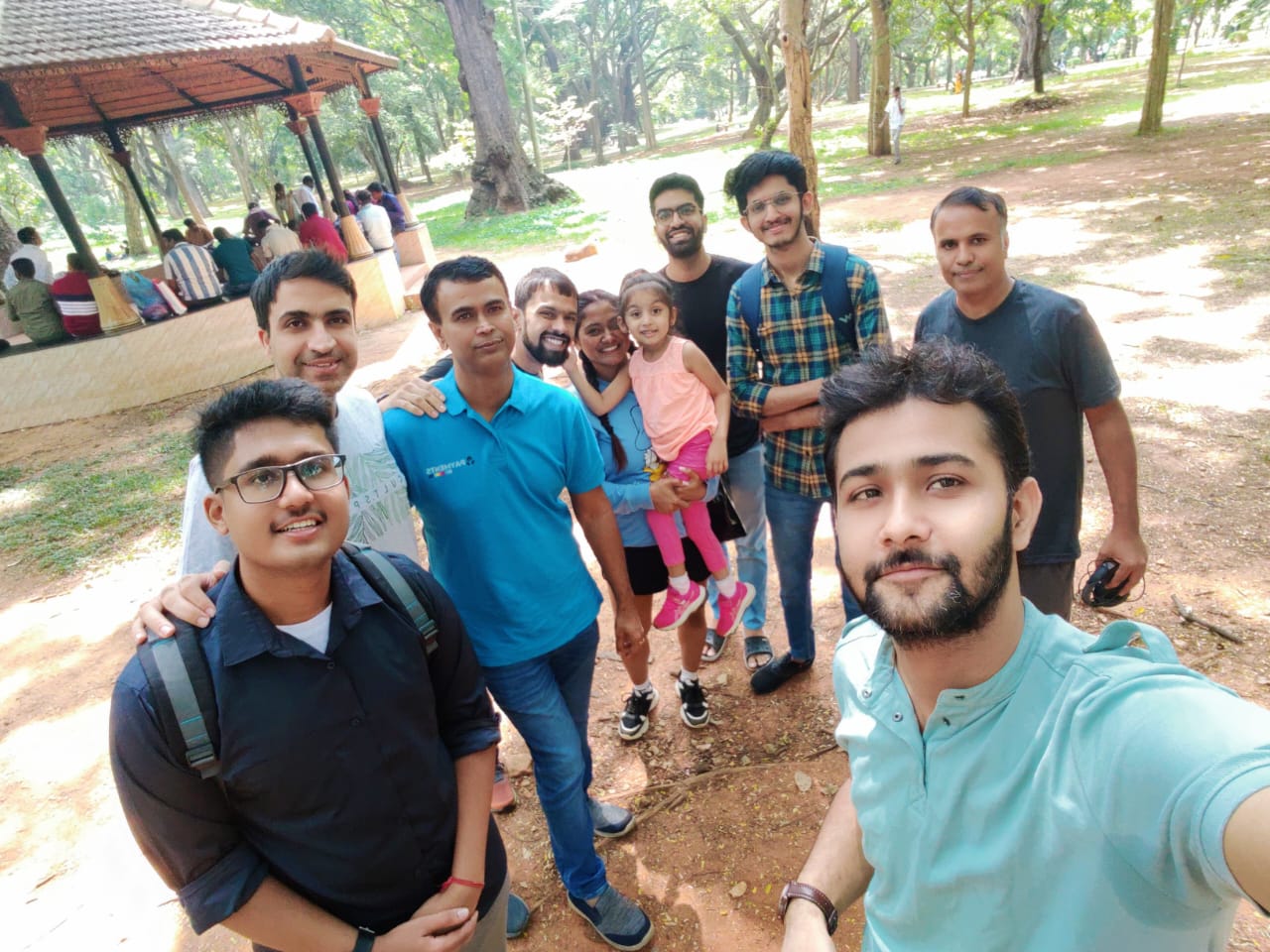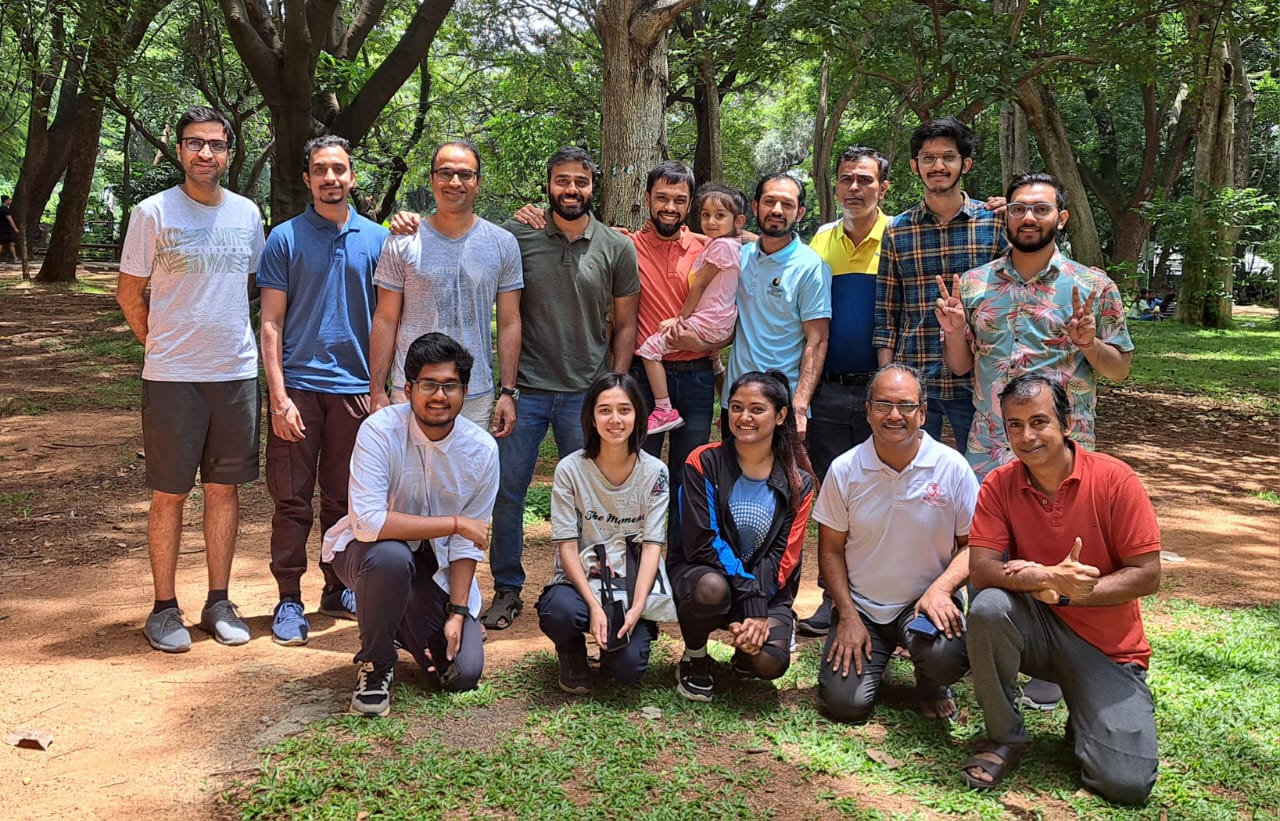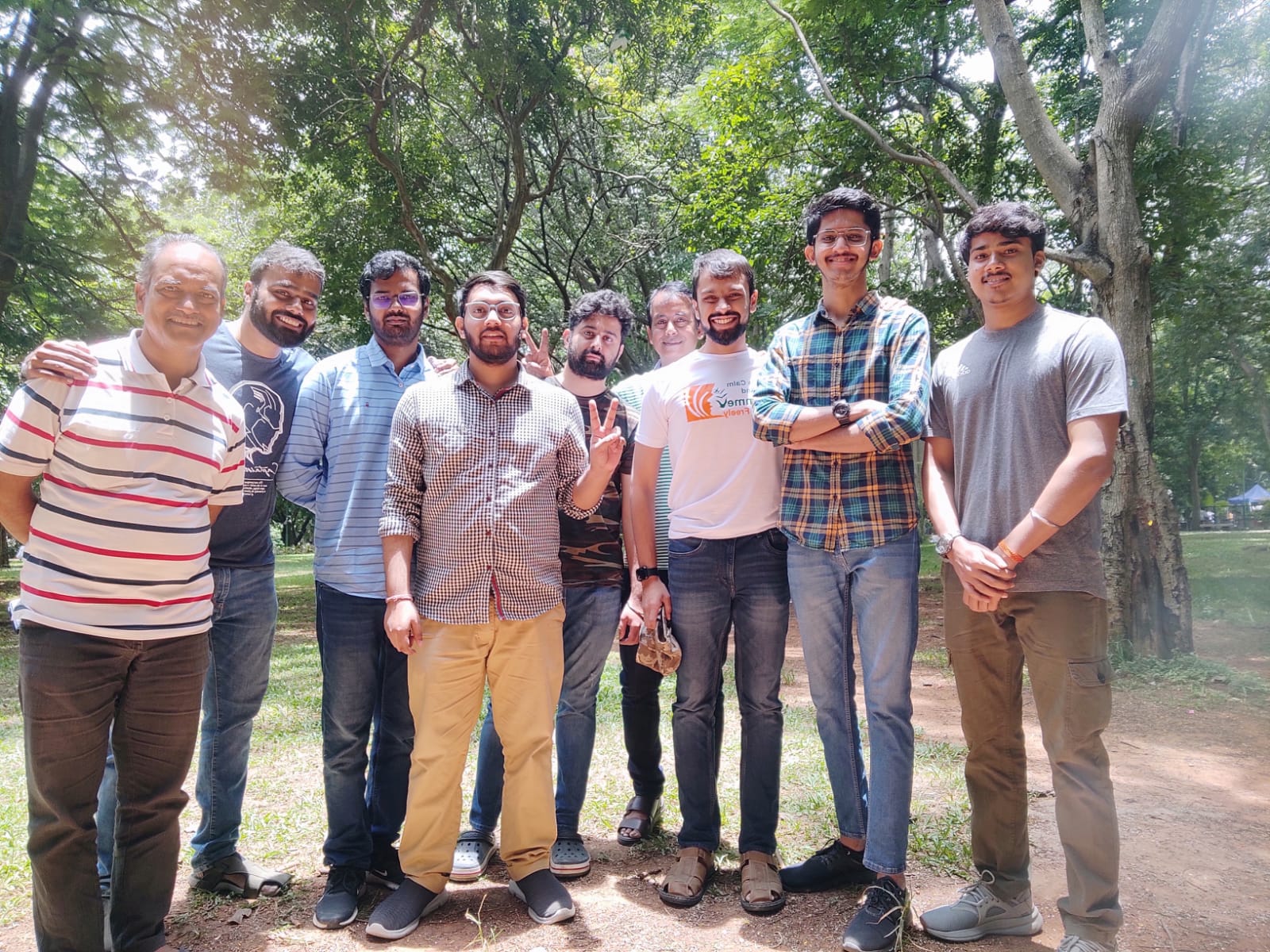
The Role of Speech Tools or Techniques in Managing Stuttering: Importance of Closed-Ended Practice
In TOPG we talk a lot about the importance of practicing speech tools or techniques to achieve more forward-moving speech. There are many questions to explore on this topic. First, what is the purpose of the speech tools or techniques? Second, how should we practice the techniques? To become more confident in using pausing or bouncing or prolongations, should we practice them by talking to ourselves or when talking to people? Importantly, should we set time limits for using these techniques or should we use them in a more open-ended way?
We will address these questions in this blog. It is useful to understand the purpose of speech tools or techniques and how to practice them, so that we can become more comfortable and confident in using them across many situations.
What is the purpose of speech tools or techniques? Will they cure stuttering?
Let us understand there is no cure for stuttering. . . yet. Although techniques will not cure stuttering, they can be effective tools in managing it so that there is less muscle tension and more control during our moments of stuttering. At the same time, using bouncing and prolongations can also enable us to desensitize to the negativity in stuttering. We can do this by considering bouncing and prolongation as a type of voluntary stuttering where we stutter in a more controlled and easier way. In bouncing we purposefully stutter in an easier way by repeating the first syllables in words a few times; e.g. “goo-goo-good morning.” Similarly in prolongation we selectively stretch the sounds in some words to produce them more smoothly; e.g. “goooood morning.” Note that, in both cases, we “stuttered,” but did so in a more controlled manner and without muscle tension. Importantly, we said what we wanted to say; we didn’t change the word or avoid the situation, which are typical responses that many of us use to hide our stuttering.
Although there is no cure for stuttering, we know that stuttering is both variable and malleable speech behavior. It is variable because it presents differently across situations and communicative partners. It is malleable because it changes in frequency and intensity through the various seasons in their lives. By using bouncing or prolongation–simple speech tools or techniques that anyone can learn–we can change the way we stutter to express ourselves with more ease and in ways that are more satisfying.
Why is it challenging to use speech tools or techniques to manage stuttering?
Let us understand what prevents many of us from using speech tools or techniques even when we know that they can be effective. There are many reasons for this.
Primarily, our brains and our bodies have become “conditioned” to stuttering. Because many of us have stuttered since childhood, we have developed a strong habit pattern where pushing through muscle tension during stuttering has become our “go to” bodily response. When we expect to stutter on a word, our bodies automatically prepare for it by pushing through the block to release the stutter. This push response ramps up muscle tension, forcing our breath, voice, and articulators even further out of the alignment that is needed to produce fluent speech.
Why do we push the words out? Because it works. . . the pushing releases us from the stutter, momentarily restoring continuity in speech. . until the next stuttering moment. Our bodies go through this push-release cycle again and again, building a strong habit pattern that can be difficult to break because it becomes a part of our neural wiring.
Importantly, although we can understand this push-release process intellectually, speech itself is a highly automatic behavior rooted in muscle memory–similar to other movement-based activities, such as walking, driving a car, typing, or riding a bicycle. Once we learn these motor-based activities, such as riding a bicycle, the procedural memories associated with these activities are encoded in our brains and bodies. That is why we can pick up these movement-based activities even after long gaps and relearn them very quickly and proficiently.
Similarly, our brains allow our bodies to store procedural memories related to motor-speech activities, such as talking. And our bodies automatically recruit those push-release procedural routines during stuttering.
Practicing speech tools or techniques, where we move our speech muscles differently, can seem overwhelming because the speech techniques are foreign to our bodies’ native responses during stuttering. Importantly, we use our speech apparatus to make meaning. . . that is, because speech is an automatic behavior that we use to express ourselves, our minds are not designed to focus on how we are making speech movements to make meaning. Also, the way we stutter is natural to us even though it isn’t a pleasant experience. In comparison, using bouncing or prolongations can make our speech sound artificial or unnatural–both to us and our listeners, especially those who are familiar with our stuttering pattern.
Therefore, practicing techniques in a systematic way is essential if we want to recondition our bodies to respond differently during stuttering. With disciplined and regular practice of the speech techniques, we can harness our brains’ plasticity to remold itself to generate more fluent speech or less frequent and less tense stuttering over time.
How to practice bouncing, prolongations, or other speech tools to manage stuttering?
Practicing speech techniques can seem intimidating also because many of us don’t know how long to practice or how to stage our practice. We can all relate to these disappointing experiences:
I stammered on the phone with a stranger and I was cut off..
I just could not use my technique during the Interview..
Some of these experiences are to be expected because many people we talk to have no idea how to talk to PWS. That is why self-disclosure and voluntary stuttering are so powerful: these acceptance-based practices enable us to advocate for ourselves while educating our listeners about stuttering, correct misconceptions that people have about us and reduce the social stigma directed at us. Importantly, by self-disclosing, stuttering voluntarily, and talking about stuttering openly we reduce our anxiety and fear associated with stuttering. In other words, being open about stuttering and by normalizing it, we reduce the interference that stuttering causes in our lives.
In parallel, using speech techniques is another way to reduce the interference associated with stuttering.
To develop a mindset that supports practicing the speech techniques, consider that when we are using these techniques we are engaging in a “performance.” This is similar to the mindset that a sportsman or dancer or musician may have towards their craft.
And a performance is never open-ended… It is rehearsed in a systematic and time-bound way. Also, performers such as musicians or dancers build their motor skills by breaking big and complex targets into smaller pieces; then, practicing those smaller pieces in controlled and time-bound ways.
When we apply these principles (that underlie most performances) to managing stuttering, we get the following insights about practicing speech tools: instead of pausing in an open-ended way (“I will pause at the end of sentences throughout the day”) what if we practiced pausing through small, measurable, and verifiable goals:
I will phone two strangers/service providers (phone numbers from daily ads in the newspaper) every morning before breakfast for the next 2 weeks. I will ask two questions in two sentences each. I will pause once in between and once at the end of each sentence.
A more detailed plan for closed-ended practice with pausing can look like this:
- When the other person says “Hello”, I will look at the watch and wait for 5 seconds before giving a response.
- Then, I will ask a short /simple question with pausing: Where is (-pause-) this property (-pause-) actually located? (just an example)
- I will listen to the answer. Then, I will wait for 5 seconds and say “Thank you” and put the phone down.
These instructions can be on a page during the call.
Closed-ended practice can also apply to using speech techniques and other behaviors that build acceptance:
This week I will self-disclose my stuttering to two people with whom I feel comfortable in my school/college or job
Next week I will conduct two 10-minute stuttering interviews with two strangers.
There are many merits to closed-ended practice:
- It enables us to set realistic targets and expectations of what we require of ourselves.
- It allows us to focus our attention on the target behavior for short periods of time.
- With realistic expectations and focus, we can practice our speech techniques in multiple situations and with multiple communication partners. This aligns with the variable and situational nature of stuttering.
- Because we practice the target behavior (e.g. pausing or bouncing or self-disclosure) in multiple settings, we can arrange those experiences from simple to complex; i.e. starting in situations and communication partners that are within our comfort zone, then gradually using our target behaviors in other situations or with other people with whom we are less familiar or comfortable.
- Closed-ended practice makes data collection possible. For example, when we practice pausing during short but regular phone calls we can record ourselves; then, solicit feedback on our performance from our TISA peers.
- Short bursts of regular practice lead to continuous engagement.
(Contributed by Dr Amit Bajaj)




